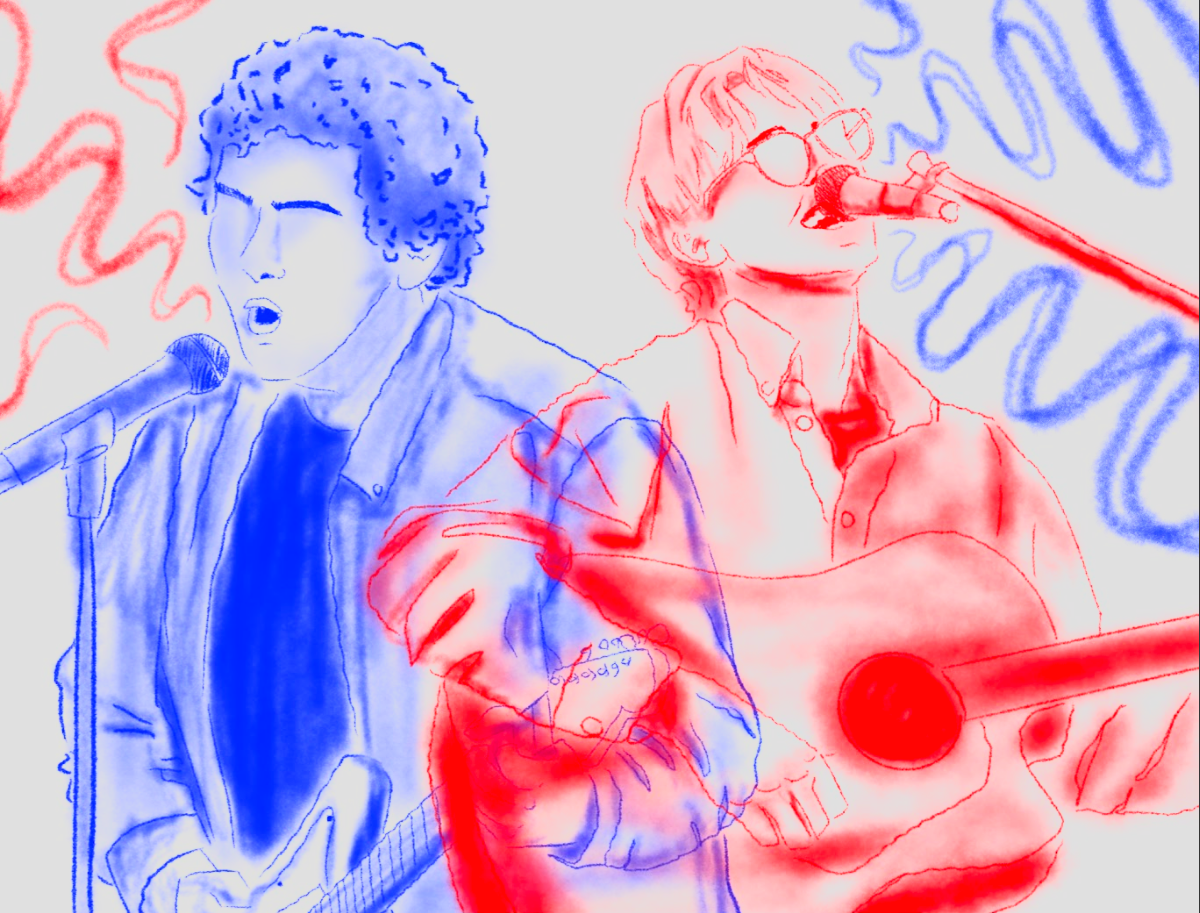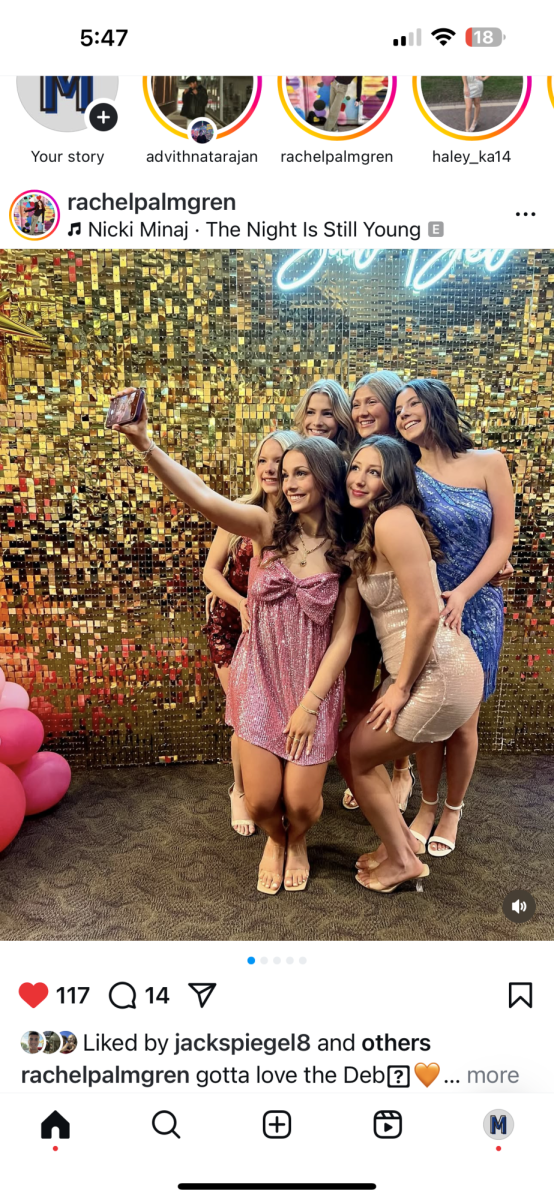Work to make Manhattan-Junction City rivalry positive experience
December 12, 2017
Black-Out.
Say these words at Manhattan High School and you will be met with a mixture of annoyed groans laughs and annoyed booing.
While the fateful last minute administrative decision threw MHS students into a frenzy calling the claims made up and false, there was another troubling layer. What made the black-out intentions story get traction was that it was believable. It was believable because the rivalry that exists between MHS and Junction City High School runs much deeper than the silver trophy. What underpins our rivalry is prejudice and other examples within the community.
The rivalry is not solely between MHS and JCHS, it exists between the larger communities. Manhattan is viewed by many to be a college-educated, middle class town. While Junction City is seen to be more of a working-class town. This may stem from Manhattan’s connections to Kansas State University compared to Junction City’s closer ties to Fort Riley.
Another piece of the tension between the two schools is the racial differences, referenced in the infamous “black-out” decision. About 60 percent of Junction City’s Population is white, compared to about 80 percent of Manhattan’s. Though many people would hope race would not play a major role in the rivalry, it is almost impossible to deny that racism still plays a large role in society nationally and locally; recent K-State events provide evidence to support this claim.
While I do not believe the differences in racial makeups of each town is the sole factor in the rivalry, I do believe it is important for each city, especially Manhattan to recognize.
Another factor in the toxic rivalry between the two high schools is that K-State students are not the best role models when it comes to dealing with a rival. Many MHS (and JCHS) students attend KSU sporting events. Our own students copy some of K-State’s student section’s activity. With that in mind it is no surprise our student section has now started our own version of the infamous “F KU” chant, which can be heard at non-KU games.
With all of these factors in mind, heading into this week’s basketball games versus JC, students should work to create a rivalry that promotes friendly competition rather than build on, and intensify the negative aspects of the rivalry.
The easiest solution is to at least refrain from the “F JC” chant. Additionally, filtering social media posts will help improve the relationship between both schools. It may be difficult, but change must start somewhere and improving the relationship between both school at games can be a good starting point to address the larger issues at play in the rivalry.
Both schools’ administrations have worked to get students involved in creating a positive rivalry, but the actions will be in vain if individuals don’t consider the effects of their actions. I hope that MHS can learn to support our teams, and keep competition healthy and enjoyable, without degrading other students, despite the deep-rooted rivalry and traditions.



